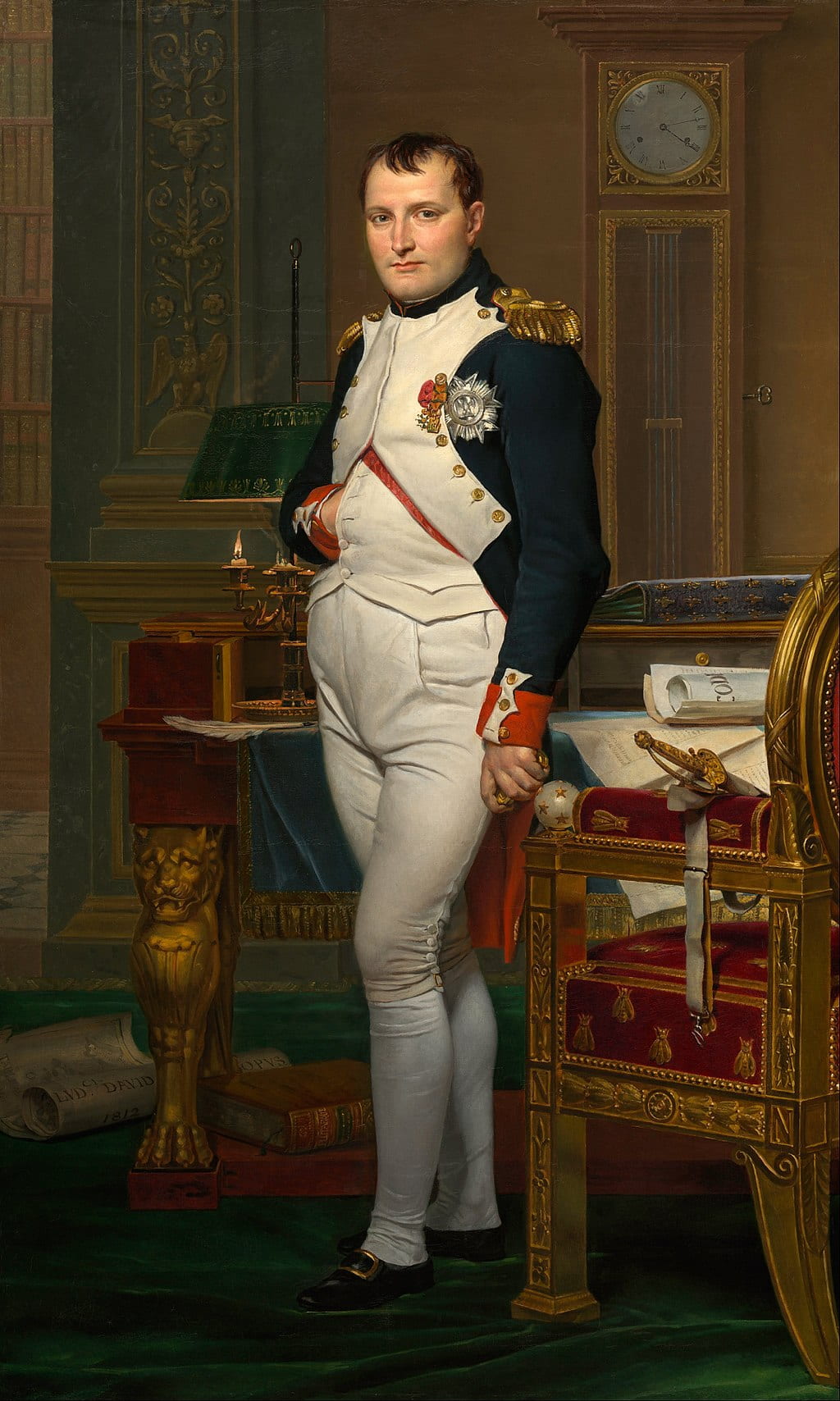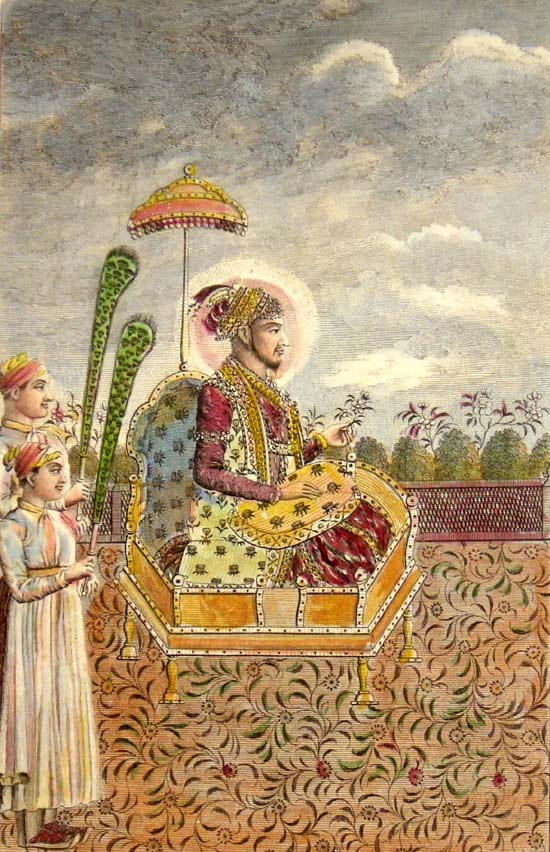By guest contributor Tiraana Bains
Intellectual histories of India, particularly of the decades and centuries following the mid-eighteenth century, are often histories of Europe’s India: India as it was imagined and understood or misunderstood by Europeans. Representations, discourses, knowledge forms, and ideas, fundamentally and largely, remain subjects featuring European protagonists casting their gaze elsewhere. Both apologists and critics of empire, colonialism and racism have, in radically different ways, placed the ideas and presumptions of Europeans at the heart of their analysis. India’s Europe, on the other hand, as the brief concluding comment in Sanjay Subrahmanyam’s Europe’s India: Words, People, Empires 1500–1800 (Harvard University Press, 2017) reflects, remains all too shadowy and peripheral to the history of ideas and knowledge formation. Contrary to such historiographical tendencies, non-European actors living under the blaze of the British empire and colonial rule, regularly, and even mundanely, fashioned historiographies and crafted histories of both themselves and Europeans. What follows is merely a fragment.

Cover of a bilingual edition of the Tuzuk-i Timuri published in Calcutta in 1785
Source: Eighteenth Century Collections Online
In the year 1890–1891, two editions of the Tuzuk-i Timuri, a venerable Persian text with a remarkable history spanning centuries and spaces as distant as Central Asia, Bengal, and Britain, appeared in the Bombay book market. Released by two different publishers and booksellers, the two lithographs were not quite the same. One of the two differed quite sharply from all preceding published and manuscript copies of the Tuzuk-i Timuri. Published by the Chitra Prabha Press, this text had appended to it another account: the Tuzuk-i Napoleon. In catalogues this curious text is variously listed as the Tuzuk-i Timuri wa Tuzuk-i Napoleon or merely the Tuzuk-i Timuri. Within a decade, the act of braiding together these two histories had been undone. The Tuzuk-i Napoleon had appeared once again, this time shorn of its ties to the history and exploits of Amir Timur or Tamerlane, as he was known in some early modern European accounts and, to an extent, still continues to be. Published in Kabul by the royal publishing house or chapkhana-i shahi and dedicated to the Amir of Afghanistan, Abd al-Rahman Khan, it appeared with the slightly more specific title of Tuzuk-i Napoleon-i Awwal or the Institutes of Napoleon the First.

Title page of the Tuzuk-i Napoleon-i Awwal published in Kabul
Source: NYU Afghanistan Digital Library
The prominent Iranian émigré publisher, translator, author and bookseller Mirza Muhammad al-Kuttab Shirazi’s decision to juxtapose and literally bind together these two texts in 1891 undoubtedly offers an example of commercial flair in a bustling knowledge and print economy as well as yet another episode in a long and convoluted history of textual remaking and refashioning. The Tuzuk-i Timuri itself is an instantiation of an appendix, in all likelihood spurious and fabricated, gaining a longstanding significance of its own. An apparent Persian translation of a Turkish text, the Tuzuk-i Timuri or the “Institutes, Designs, and Enterprises” of Timur as it is often translated, seems to have first emerged in the seventeenth century, appended to the ostensible and equally fabricated autobiographical account of Timur’s life, the Malfuzat-i Timuri or Waq‘iat-i Timuri. By the late eighteenth century, in Bengal and Britain, the Tuzuk-i Timuri had been refashioned yet again, reimagined as a constitutional text, deployed to debate governance and British imperium in the nominally Mughal provinces of Bengal, Bihar, and Orissa. While an English translation of the text accompanied by the Persian translation of an apparent Turkic original appeared in Calcutta, newspapers in London noted parliamentary controversy between Edmund Burke and Warren Hastings over the apparent foundational principals of Oriental governance contained in the Tuzuk. Not unlike the Tuzuk-i Timuri, the appended Tuzuk-i Napoleon from 1891 was also a translation, broadly drawn from a text known as The Military Maxims of Napoleon.

Napoleon Bonaparte
Importantly, Shirazi’s decision to place an account of Napoleon’s military and political exploits alongside and in addition to the Tuzuk-i Timuri indicates a distinct conception of history. While this juxtaposition of a fourteenth century Turco-Mongol figure who established dominion over large chunks of the Perso-Islamic world and beyond, and an eighteenth-nineteenth century Corsican-French personage is certainly redolent of a romantic view of heroic conquerors across centuries, the fact of their textual company and shared Persianate rendering is also evidence of the imbrication and entanglement of diverse histories, regardless of nineteenth century narratives of divergent civilizational paradigms to the contrary. The textual meeting, translation and entanglement of Timur and Napoleon is replicated in the unfolding of this Persian translation of Napoleon’s maxims. More straightforward word-for-word translations of the conditions in which Napoleon mastered the conduct of war are interspersed with anecdotes and examples drawn from histories closer home – those of ancient Iran and India, and wars fought between Ottoman and Safavid armies. Such acts of conjoining and incorporating such histories were hardly new at the dawn of the 1890s.

Shah Alam II
A large corpus of Persian and South Asian vernacular material points to the remaking of categories and contours of knowledge through the appropriation and incorporation of European histories and, in turn, the reworking of such histories. An intriguing example is that of the Tuzuk-i Walajahi, a Persian court chronicle produced under the aegis of the Nawab of Arcot, Muhammad Ali Khan Walajah, in the late-eighteenth century. The opening pages of the chronicle announce, unsurprisingly enough, the Nawab’s relation to the Mughal emperor Shah Alam II, whose deputy he was, nominally at least, meant to be. The invocation of the Mughal emperor was also, however, quickly followed by a declaration of the Nawab’s close ties to the British King George III, “a brother dear as life.” Moreover, deeper in the text one finds a detailed genealogical history not of the Timurid or Mughal dynasty but the kings and queens of England. The exposition concludes with a narrative of the reign of George III, an account that seems to have been a standard description in entirely different genres of Persian writing, including works of geography such as Bilgrami’s late eighteenth century Hadiqat al-Aqlim. In the nineteenth century, the assimilation of the Hanoverians and George III into a Persian textual corpus came to a head with the publication, in Bombay, of Firuz ibn Kavus’ Jarjnama or George-nama, an epic three-volume history in verse of the Hanoverians and the British conquest of India in the style of the Persian epic poem, the Shahnama.
The publication of the Tuzuk-i Napoleon-i Awwal in Kabul marks another chapter in this history of translation, transmission and textual remaking. While the core of the Kabul text is the same as that of the Bombay edition, the introductory and concluding notes emphatically demonstrate its status as a document of state, articulating the Afghan state’s commitment to muscular state-making. In Bombay, the valence of a text such as the Tuzuk-i Timuri wa Tuzuk-i Napoleon would have been entirely different – merely one text among many. Another Persian history of Amir Timur’s life and exploits drawn from the famous Habib al-Siyar was even featured on the syllabus for a Bachelor of Arts degree at Bombay University. Meanwhile other histories of Napoleon had appeared in vernacular languages like Gujarati – booksellers and publishers in Bombay published books in several languages including English, Urdu, Marathi, Kannada, Hindi and Sanskrit besides Persian and Gujarati. We are aware of the sheer range and diversity of texts printed in Bombay and elsewhere across British South Asia due to the legal requirement imposed by the British government that all publications be registered and catalogued (many of these government issued catalogues have been digitized by a team working at the British Library and constitute a rich historical source). The clear imprint of the hand of the British imperial state in the book business in Bombay notwithstanding, the stamp of the state is all the more pronounced in the case of books published in Kabul. This is partly due to the large number of books and pamphlets published by the royal publishing house that outlined the Amir Abd al-Rahman’s vision for Afghanistan as well as his achievements as sovereign. Amidst the heavy emphasis on a strong Afghan state, there are also clear indications of Kabul’s position in a broader nexus of Persianate circulation. As even a cursory search through NYU’s Afghanistan Digital Library shows, a range of texts originating in British India including agricultural treatises on the cultivation of tobacco and sericulture translated into Persian in Calcutta, circulated in Kabul.

Photo of Carnac Road Bombay in 1881 by Lala Deen Dayal. Source: British Library.
Besides its obvious curiosity, what the publication of Tuzuk-i Napoleon and its companion text do demonstrate, not unlike the many other texts discussed in Nile Green’s seminal Bombay Islam, is the persistent vitality of Persian and Persianate literacy well past official British disavowals of the language and in spite of Thomas Babington Macaulay’s “Minute upon Indian Education” in the first half of the nineteenth century. The movement and translation of such texts also reveals geographies partly underpinned by institutions of colonial governance but hardly exhausted by the contours of political maps. Finally, they gesture to the work that still needs to be done to excavate, and take the ideas and practices of non-Europeans seriously. Examining how people with an allegedly limited sense of history chose to think about and even refashion and market histories of persons and spaces both far and near is an obvious place from which to continue this work.
Tiraana Bains is a doctoral candidate in history at Yale University.



Leave a Reply